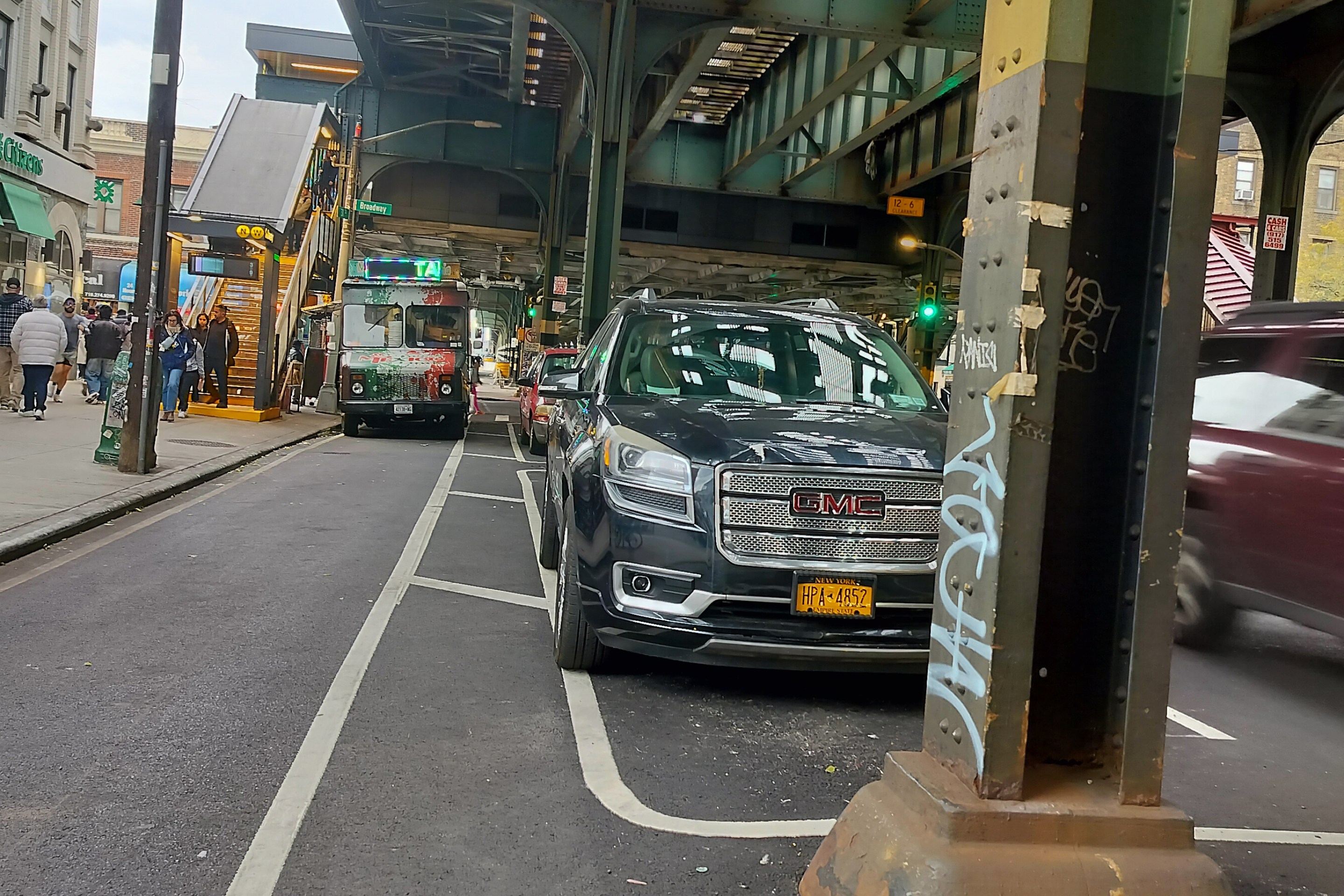As report titles go, you could hardly get less sexy than "NHCRP Report 750: Strategic Issues Facing Transportation, Volume 6: The Effects of Socio-Demographics on Future Travel Demand." But buried within this wonky new document from the Transportation Research Board are ideas that can -- and should -- upend the way local, state, and federal officials plan for future transportation needs.

It’s no secret that our current transportation models have done a lousy job of accounting for the recent decline in driving in the United States. The most glaring example is the U.S. Department of Transportation’s biennial "Conditions and Performance" report to Congress, which has repeatedly forecast a return to rapid growth in driving that has repeatedly failed to materialize.
Bad forecasts lead to bad decisions – specifically, the investment of vast amounts of public resources in new and expanded highways that we probably don’t need (e.g. in Wisconsin).
At first, the transportation policy establishment chalked up the decline in driving to the economic recession and assumed it was only temporary. That is despite the fact that, as Robert Puentes and Adie Tomer from the Brookings Institution pointed out as early as 2008, the drop in per-capita driving began well before the recession. And it's continued during the recovery.
Over time, however, experts have come to recognize the multiple factors – including changes in the composition of the workforce, an aging population, technological changes, and shifts in housing and travel preferences among Millennials -- that have contributed to the recent fall in driving and that make further stagnation in vehicle travel likely.
The new TRB report (which we could refer to by the catchy acronym SIFTV6:TESDFTD, but won’t) explicitly acknowledges these fundamental changes, identifying eight socio-demographic trends that will influence demand for vehicle travel through 2050. Of those eight trends, only one (changes in the nation’s racial and ethnic mix) is expected to contribute to an increase in per-capita driving, while at least five (the “graying” of America, technological change, workforce change, the “blurring of city and suburb,” and slow growth in households) will tend to reduce per-capita driving. (The impacts of the other two trends are ambiguous or unspecified.)





